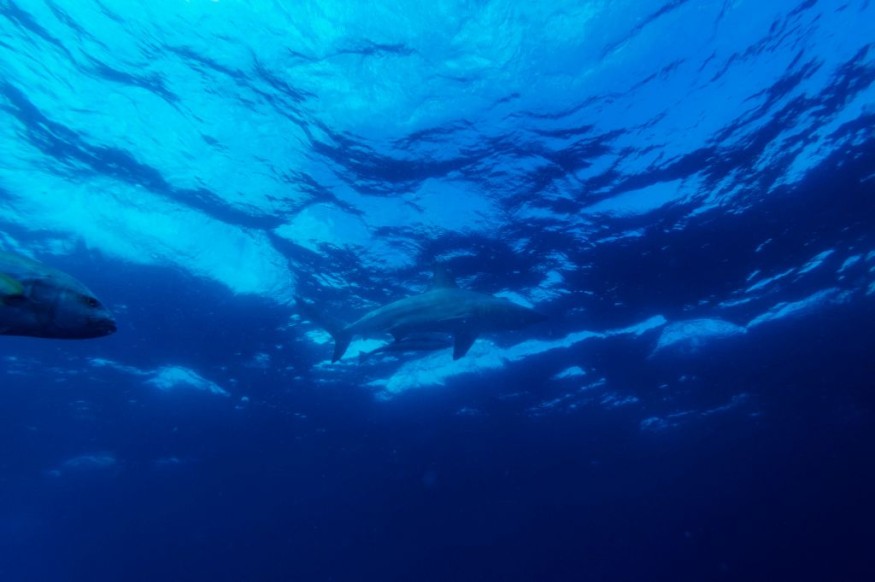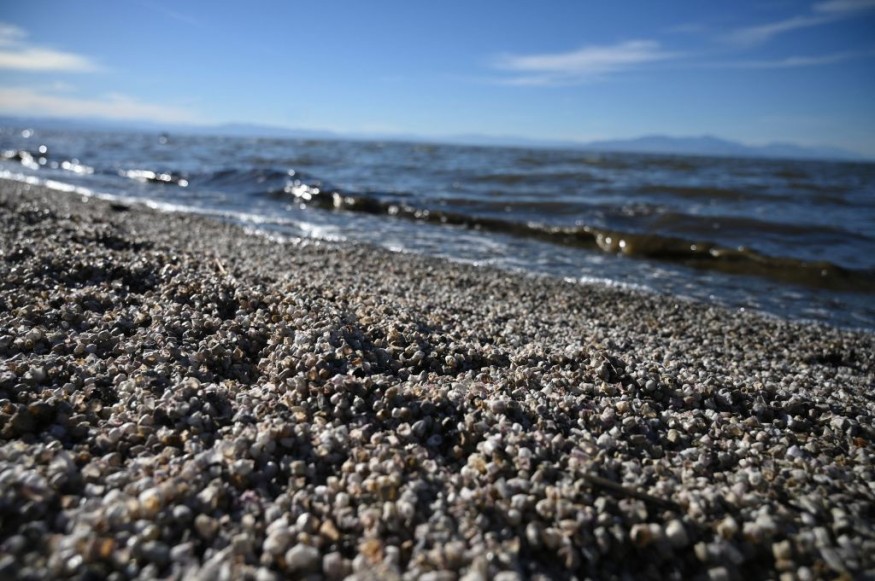Researchers in a new study confirmed that the Utaurora Comosa species may likely be a close relative of the weird-looking and alien-like creature, Opabinia regalis species-which had five eyes and a backward-facing mouth-and was considered to be one of the apex sea predators during the Cambrian Period.
Scientists linked U. Comosa (during its discovery more than a decade ago) with the same Cambrian era predator, the Anomalocaris species, which belonged to the arthropod family group. Thought to be alone within the Opabiniidae family group, O. regalis seems to have another company of its own kind.
Both the U. Comosa and O. regalis lived in the Cambrian Period, also called the Cambrian explosion, where a sudden explosion of evolutionary changes of life forms occurred on Earth between 541 million to 485 million years ago.
Cambrian Period and Rise of Apex Sea Predators

Long before dinosaurs lived, the Cambrian Period gave rise to some of the world's apex sea predators, including radiodonta or radiodonts, an arthropod stem-group and carnivorous killers characterized by their circular-saw-shaped mouths under their heads.
The now-extinct arthropod group is the ancestors of animal species, that we know of today, belonging to the same group; such as insects, spiders, and crustaceans-like crabs, lobsters, and shrimps, as per National Geographic.
On the other hand, the Cambrian explosion also allowed the rise of the Opabiniidae family group consisting of alien-like and bizarre marine organisms and where O. regalis belongs to. Prior to the new study, it was long deemed that O. regalis was a unique species.
Also read: First Animal: Before Cambrian Explosion, Sea Sponges Probably Lived First on Earth, Says Study
O. Regalis and U. Comosa Species are Most Likely Relatives
Scientists had long thought that O. regalis was the only species of its kind based on their fossil record. They had not found another species that fit the alien-faced physical characteristics of O. regalis until the new study came out.
In light of the new study, researchers re-examined the fossil of U. comosa and confirmed it to be the closest cousin and relative of O. regalis, according to a research paper published in the journal Proceedings of the Royal Society B on February 9.
First described in 2008, U. comosa was a small marine animal that lived several million years after O. regalis in the waters of what is now North America. During its initial discovery, scientists previously attributed U. comosa to be a relative of the large, shrimplike, Anomalocaris, another Cambrian era apex sea predator, as per Live Science.
U. comosa was discovered in the Cambrian Wheeler Formation in Utah, USA, in 2008. During its discovery, scientists found a fossil of its inch-long body consisting of segmented stripes, similar to the O. regalis.
The re-examination of U. comosa led researchers to conclude that U. comosa is most certainly a relative of O. regalis and not a relative of Anomalocaris-as previously believed.
Research Methodology

Paleontologist and the new study's lead author, Stephen Pates, an alumnus of Harvard University, and his colleagues. compared 125 of the U. comosa's fossil traits and compared it with more than 50 groups of both living and extinct species belonging to the arthropods group.
The examination yielded findings that conclude that the fossils of U. comosa do not match with the arthropod group. Instead, Pates and his team suggested that it most certainly relate to O. regalis. As a result, O. regalis may no longer seem to be alone within the Opabiniidae family group.
Related article: Discovery Challenges Theory Behind Reason for Cambrian Explosion
© 2025 NatureWorldNews.com All rights reserved. Do not reproduce without permission.





